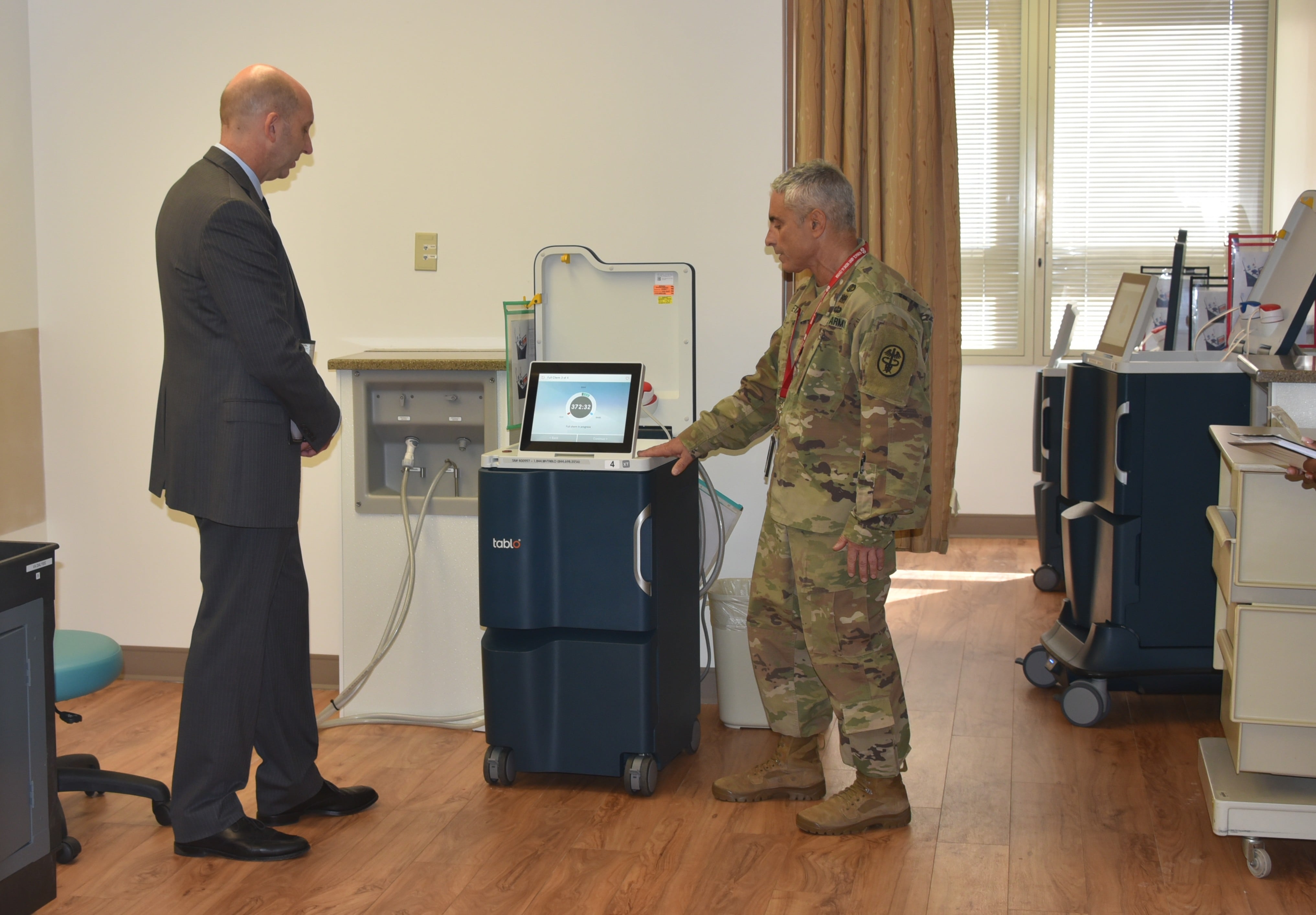The Navy's top nuke could switch to its top officer. Brace yourself for the possibility of second bubblehead in chief in the Navy's top uniformed job.
Originally Seen until recently as a dark-horse candidate, Adm. John Richardson, director of Naval Reactors, has emerged as a leading candidate to become the chief of naval operations when fellow submariner Adm. Jon Greenert's term ends later this year.
Four sources with ties to senior leaders say that Greenert is supportive of Richardson becoming CNO, though it would be the first time a Naval Reactors director switched to the CNO job.was elevated to the job. NR leader Reactors is an The eight-year NR billet is unlike any other in the military. Its longevity is designed to ensure continuity and exacting oversight of those who run the nuclear reactors that power submarines and aircraft carriers and the sailors who operate them. by design to ensure continuity in the Navy's most risk-averse community.
But insiders say that Greenert want to elevate Richardson would bring firepower to the because of the looming budget battle over funding for the next class of ballistic missile submarines, which at $4.9 billion apiece will Ohio replacement program, the next-generation nuclear deterrent submarines that Navy leaders warn will break the Navy's shipbuilding account if they aren't partially funded elsewhere.
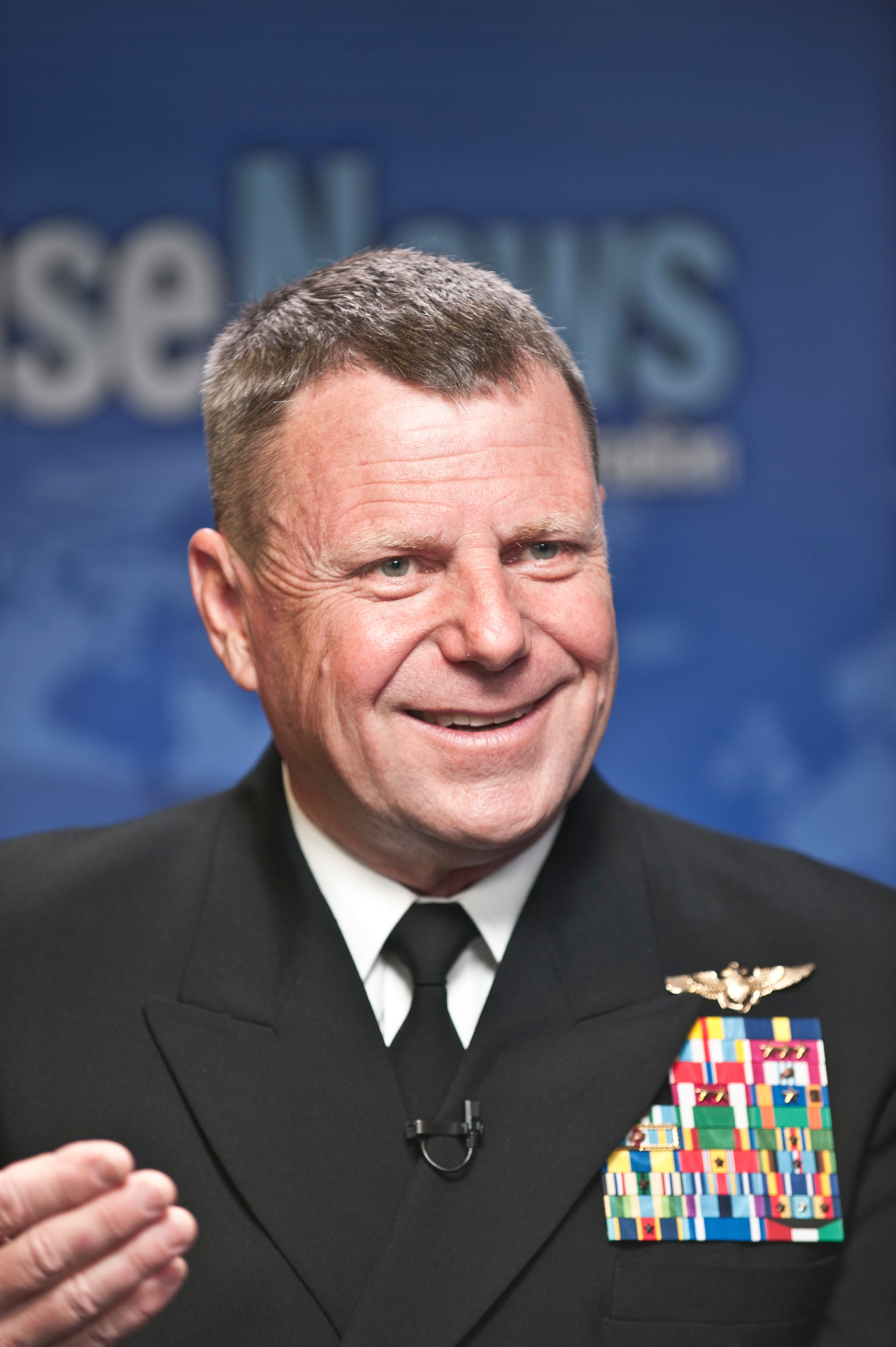
Admiral Bill Gortney
Photo Credit: Rob Curtis/Staff
"Jon Greenert's priorities are Ohio replacement, two Virginia[-class submarine]s a year and maintaining undersea dominance," said a retired three-star, who like others asked for anonymity to discuss internal personnel deliberations. who maintains contacts among the leadership. "He sees Richardson as the right man for those priorities."
Pentagon leaders and the White House will make the final decision, and there are many other top candidates, including But Greenert's preferences, while weighty, aren't the final word and the old maxim still stands: Any four-star is a candidate for CNO. Insiders seem to that Adms. Mark Ferguson, Bill Gortney, Michelle Howard and now Cecil Haney are all top contenders for the spot. Adm. Samuel Locklear, the outgoing U.S. Pacific Command leader, and Adm. Harry Harris, the Pacific Fleet boss, and Adm. James "Sandy" Winnefeld, the vice chairman of the Joint Chief of Staff, are also possibilities.
President Obama gets the final word and many sources said Howard, currently the vice chief of naval operations, is an administration favorite. But some suggested she needs more four-star command experience, beyond serving as the VCNO. sources said that the feeling inside the lifelines is that Howard, one of the newest four-stars, should go to a four-star command before fleeting up to CNO.
Greenert was a previous Fleet Forces Command boss,head as was former CNO Adm. Gary Roughead before he took the helm at CNO.
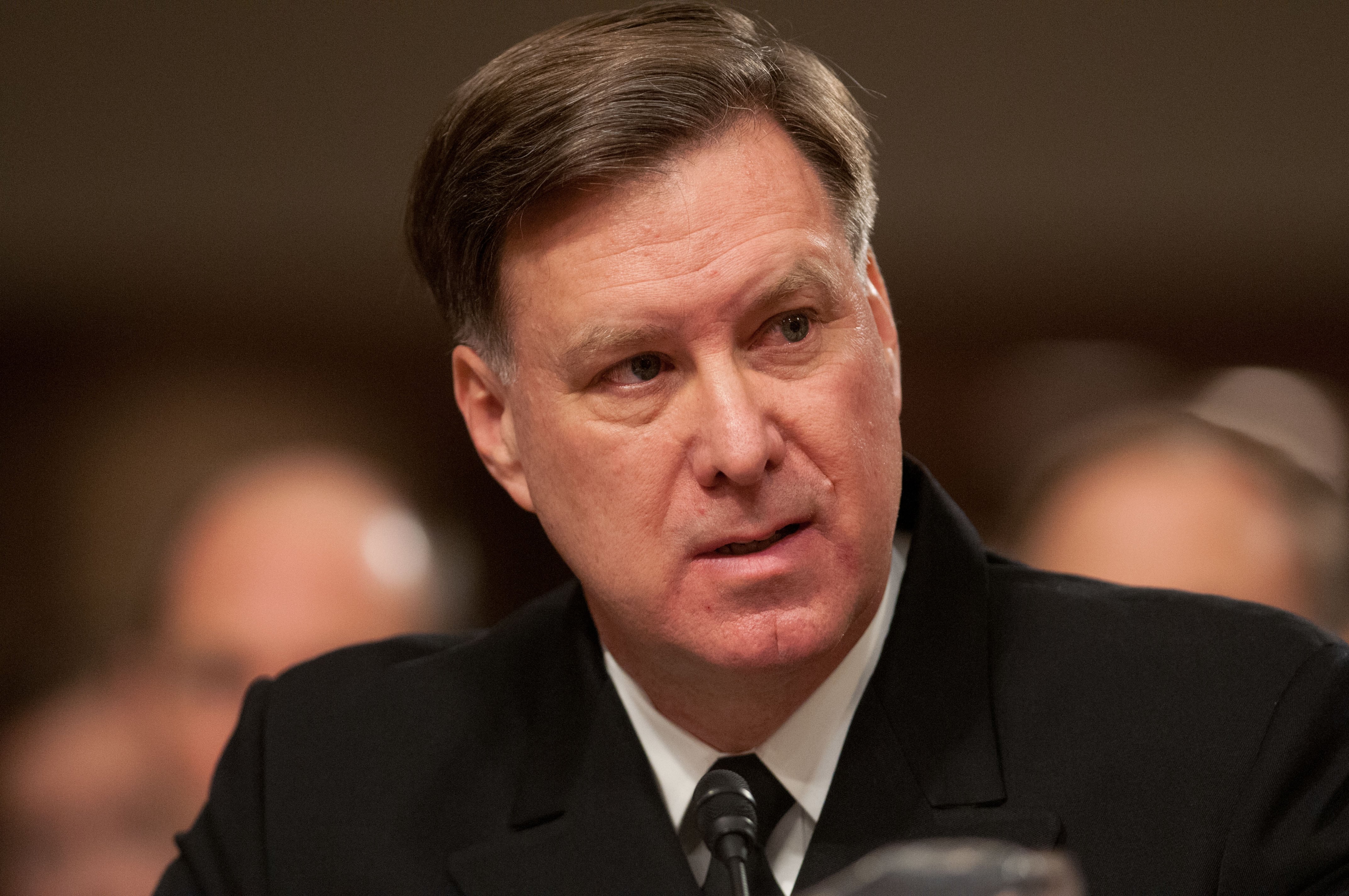
Admiral Mark Ferguson, III
Photo Credit: Colin Kelly
Gortney is head of U.S. Northern Command, Ferguson leads Naval Forces Europe and Africa, and Haney is head of U.S. Strategic Command. All three are also top CNO contenders who have considerable command experience for the spot but all three assumed their positions within the last year and a half, which is another reason why Richardson makes sense.
Like Howard, Richardson is also in his first four-star command job. light one four-star command, But two sources said his work as the consolidated disposition authority for the Glenn Defense Marine Asia corruption scandal, tasked with dealing punishment to officers who have been implicated, has driven his stock up with leaders such as Navy Secretary Ray Mabus.
One industry source said Richardson makes sense because the service will have to purchase materials for the next-generation boomers, known as SSBN(X),Ohio-class submarine replacement during the next CNO's administration.
"When you are talking about building a nuclear submarine, there are major [reactor] components that nobody keeps on the shelf," the source said. "You have to start buying those in 2019, which will be the last year of the next guy's term."
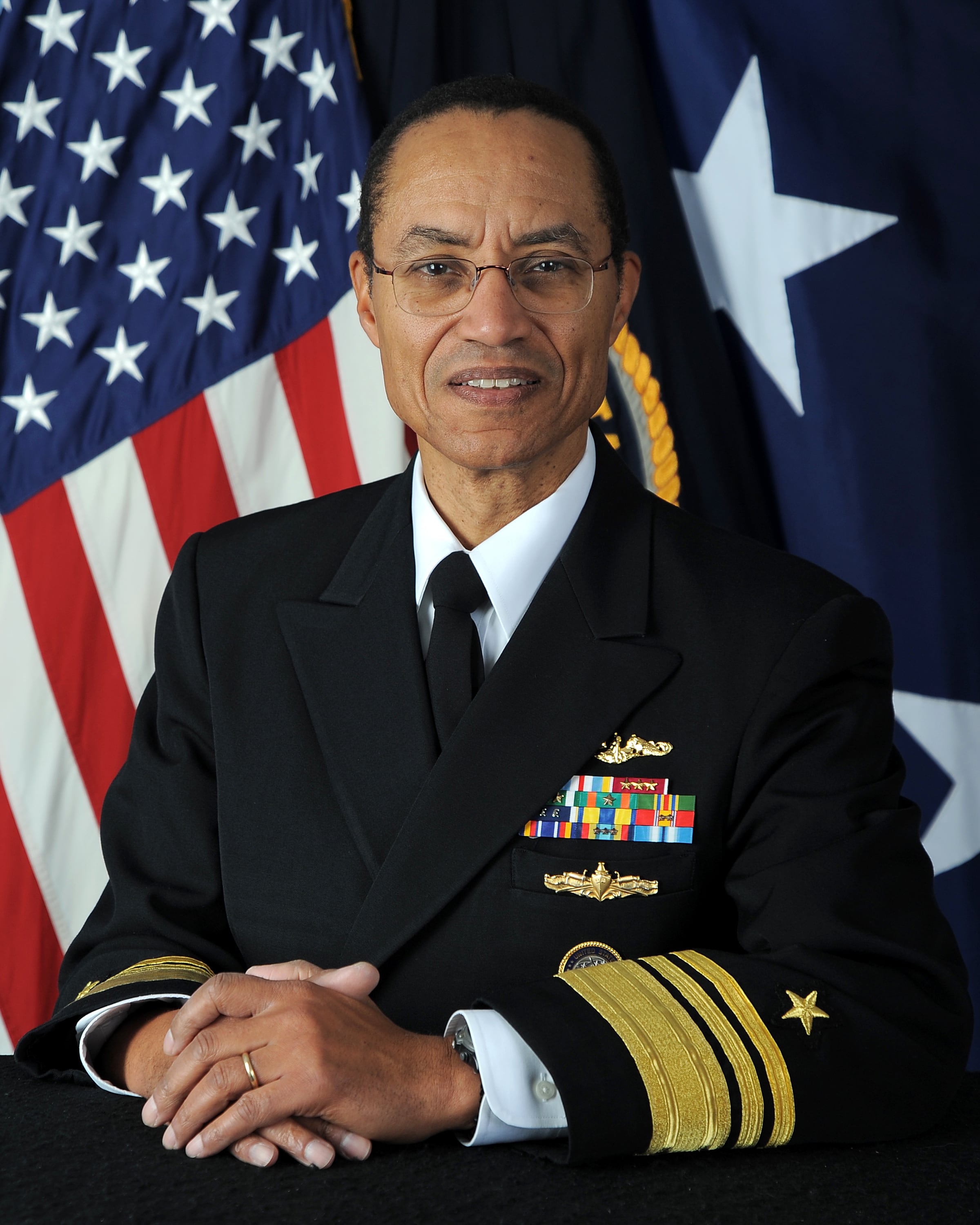
Adm. Cecil Haney
Photo Credit: DoD
Sources said that Richardson, with his experience at Reactors, would be the right man to communicate the service's needs to appropriators and inside the service.
Former sub skipper
Richardson has been a star for his entire career. He's a 1982 Naval Academy grad, the same class as a classmate from 1982, the same year as fellow contender Howard. He also holds three master's degrees, from Massachusetts Institute of Technology, Woods Hole Oceanographic Institution and the National War College, according to his biography.
Like Greenert and former CNO Adm. Mike Mullen and Greenert, Richardson is a recipient of the fleet's most prestigious leadership award. Richardson earned the James Bond Stockdale Award for recipient for outstanding leadershipduring his tour as skipper of the attack submarine Honolulu in Pearl Harbor.
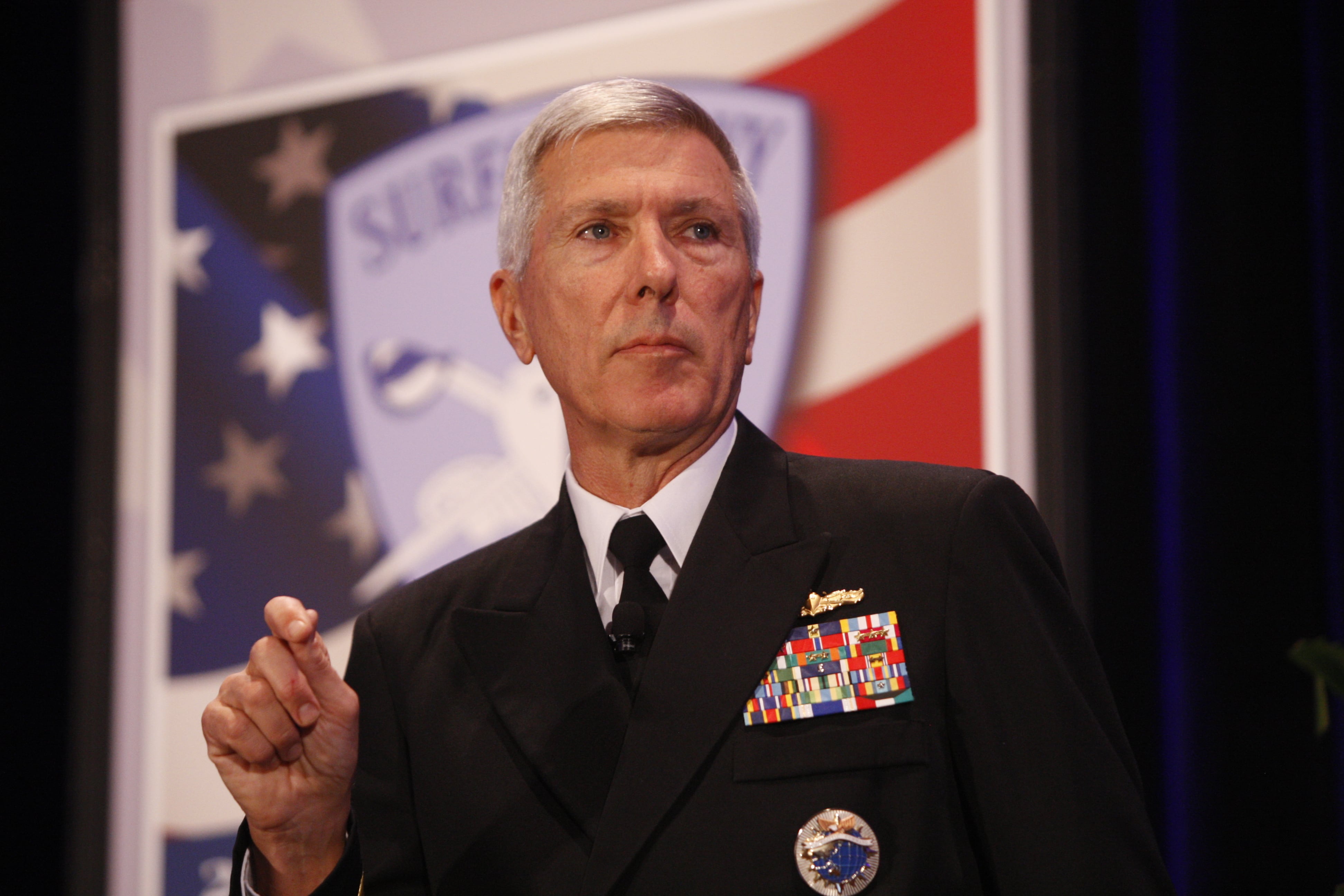
Adm. Samuel J. Locklear, III
Photo Credit: Mike Morones
He also has experience on the Joint Staff and has served as a naval aide to the president. He was started his job at Naval Reactors in 2012, a post he is slated to hold until 2020. Two sources in the submarine community said the idea of Richardson becoming CNO has caused some heartburn in received some push-back in the Naval Reactors world. People there believe , who because some feel that the NR director — a job founded by the legendary Adm. Hyman Rickover — Naval Reactors shouldn't become a temporary assignment for rising four stars.
But others see Richardson as the right person for the job. Sheila McNeill, former president of the Navy League and a long-time Navy advocate in Kings Bay, Georgia, said that Richardson would make an excellent CNO.
"He has a real ability to connect with both members of Congress and sailors on the deckplates," she said in an April 9 phone interview.
Mounting challenges
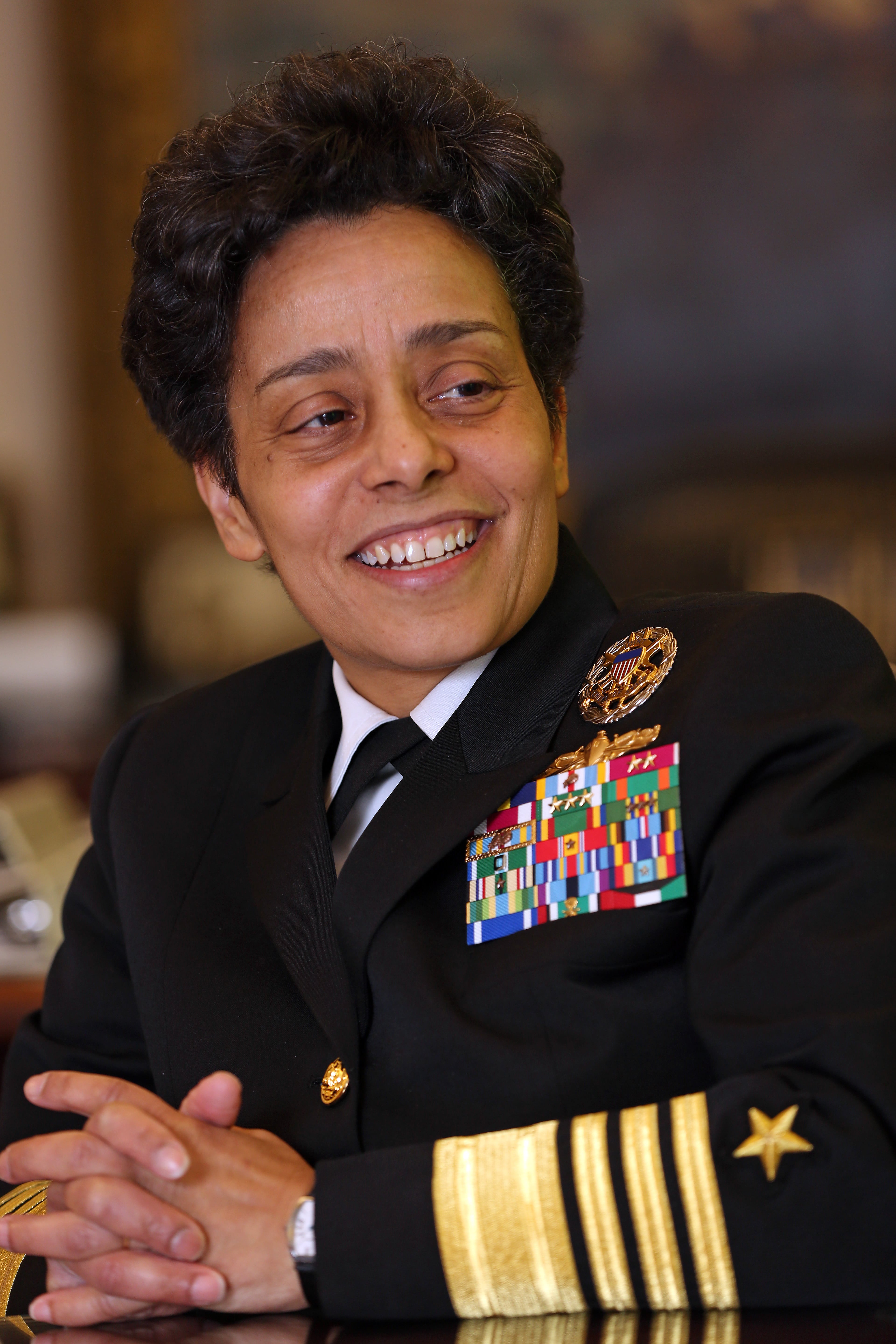
Adm. Michelle Howard
Photo Credit: Jennifer Milbrett/Staff
Whoever it is, ether its Richardson, Howard, Gortney, Ferguson or Haney, the next CNO is in for a tough slogjob. has a tough job.
Greenert has been widely viewed as an effective CNO who has led the Navy through a budget crisis and time of great social change in the Defense Department.
The next CNO will face declining budgets, including the possibility that a lack of financial resources might and the possibility of a huge budget crunch that could force the Navy to contract to the smallest it's been since before World War I.
Insiders say that force structure, the number of ships in the fleet, will be a primary challenge over the next four years.
"If we are serious about [the U.S. defense strategy], we have to deal with declining force structure," said one industry insider.
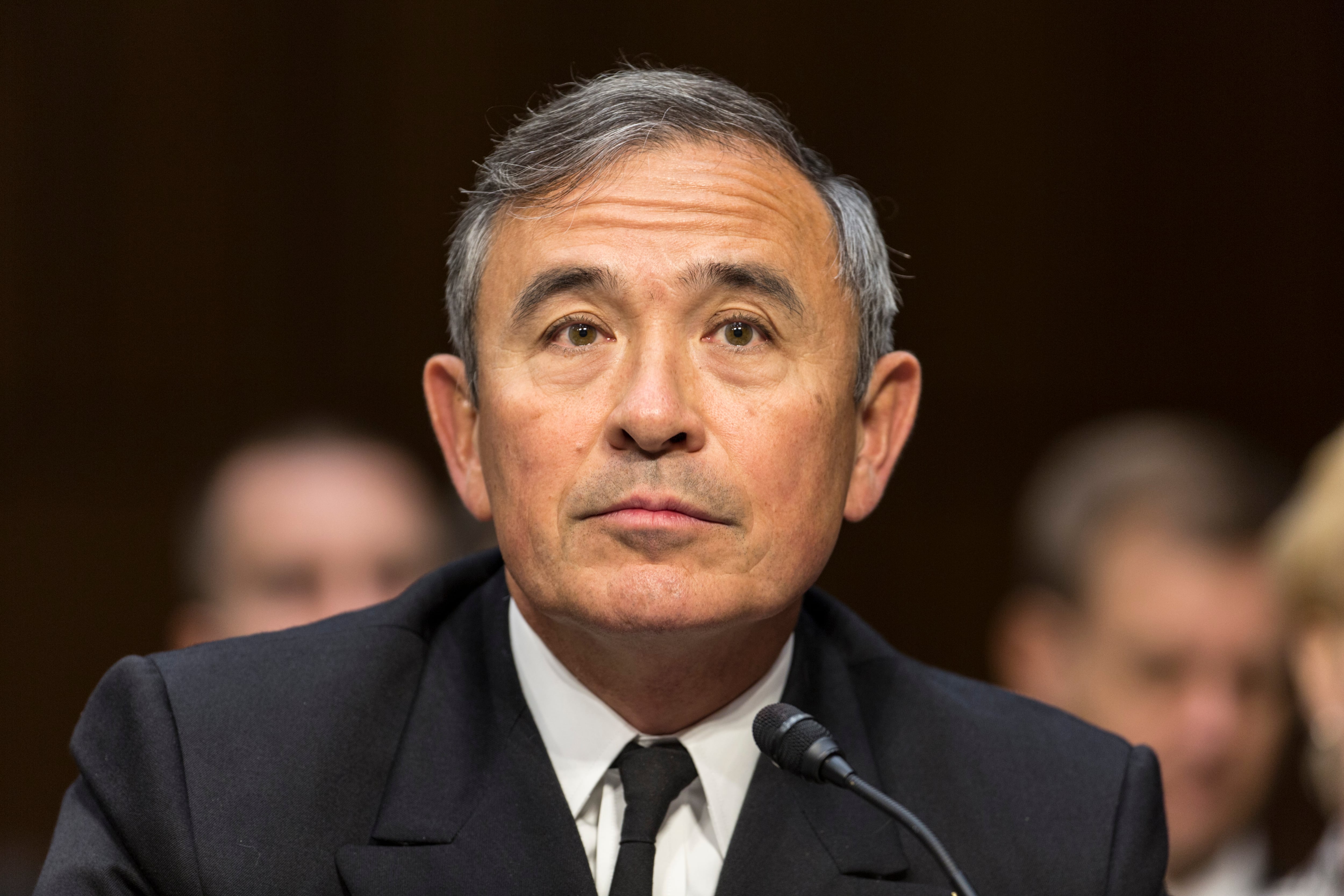
Admiral Harry B. Harris, Jr.
Photo Credit: Rob Curtis/Staff
The Navy has a goal of reaching 308 ships, but budget projections leave the shipbuilding account short of the money needed to get there, the source said.
That's a problem the next CNO is going to have to confront, said Bryan McGrath, a retired surface warfare officer and a defense consultant.
Secretary Mabus is "banking his legacy on the 308 ship Navy," McGrath said, who added that but there won't be enough money to fund it. That will force the next CNO to balance means the next CNO will have to balance readiness with protecting the shipbuilding account. (Mabus has said argues that force structure should be maintained protected because it takes years to build ships and falling behind in shipbuilding is irreversible.)
"There will be unyielding pressure to rob non-deployed readiness accounts to protect shipbuilding and deployed readiness," McGrath said.
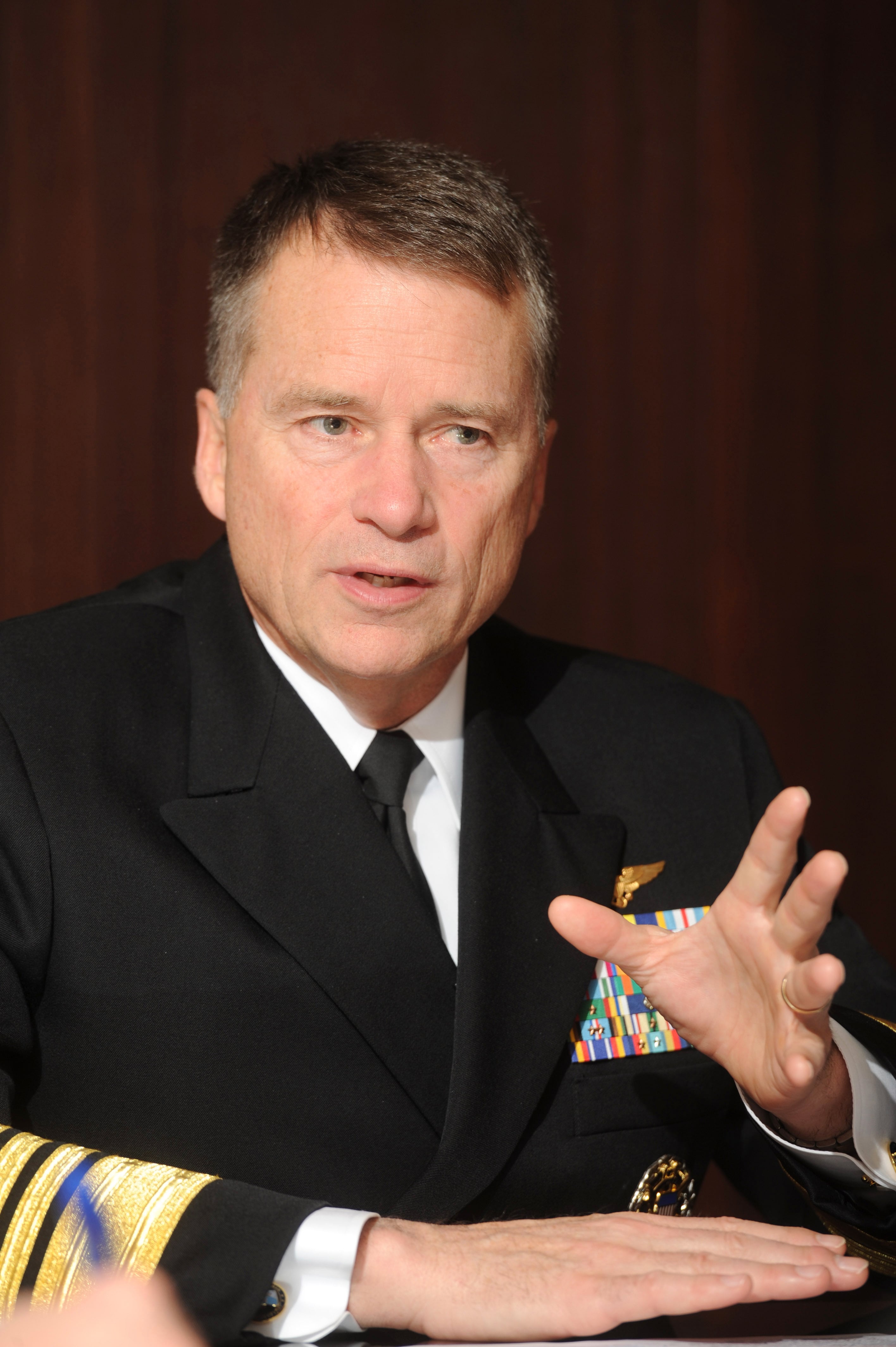
Adm. James "Sandy" Winnefeld
Photo Credit: James J. Lee, James J. Lee/Staff
On the subject of the next CNO, McGrath said Richardson would be a fine pick but that leadership should put some thought into giving the job CNO to an aviator, as the Navy faces tough hurdlesquestions in that world as well. McGrath also noted that the last aviator CNO was Adm. Jay Johnson, who retired in 2000, to be followed by three SWOs and a submariner.
"What is the future of carrier aviation?" McGrath said. "We have to decide how many F-35s we need — do we need two squadrons per air wing or do we need one? What is the future of the [Unmanned Carrier-Launched Airborne Surveillance and Strike] program? What will F/A-XX look like, will it be manned or unmanned? Thesre are all questions the next CNO will have to wrestle with."
David B. Larter was the naval warfare reporter for Defense News.




